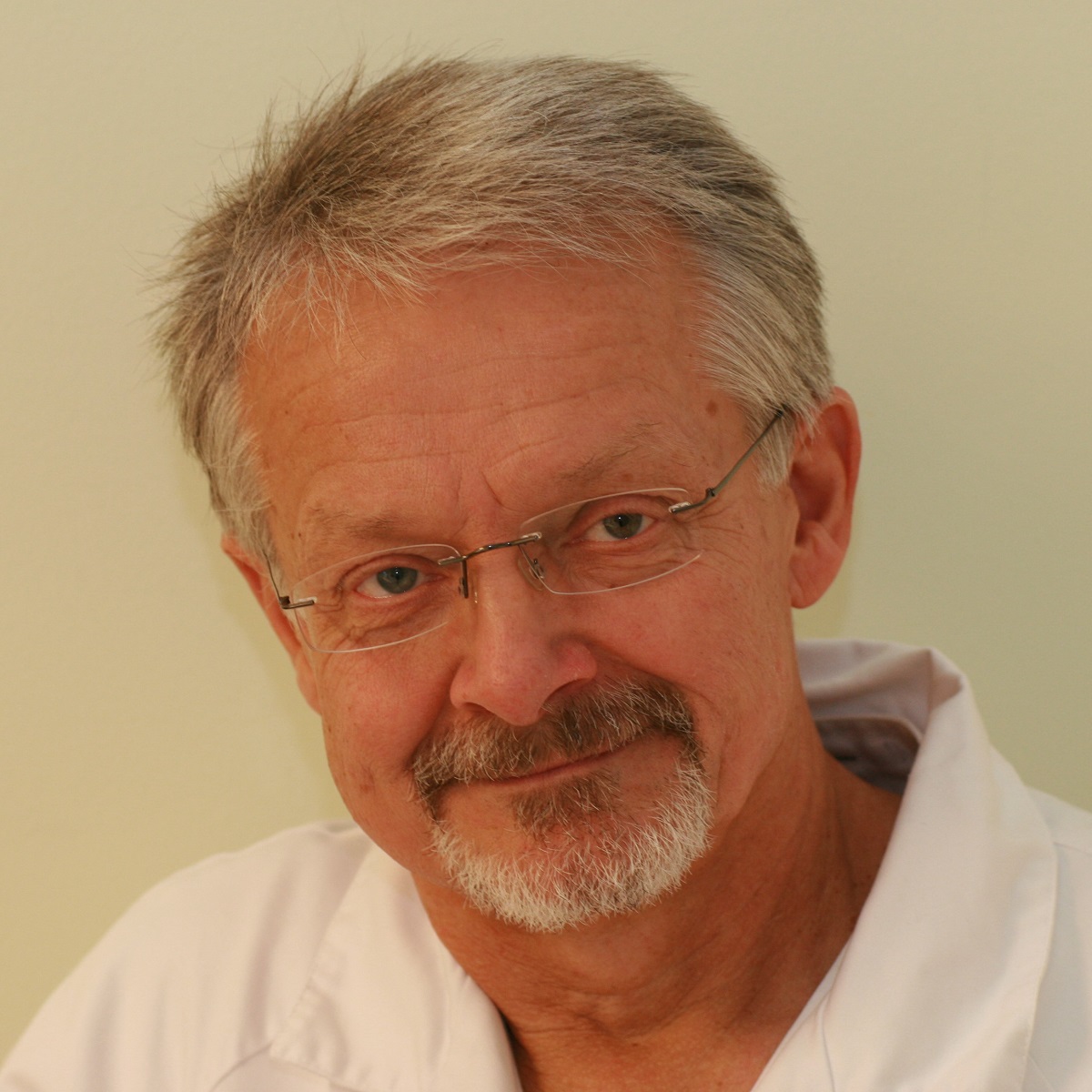
Member blog | Bertil Hagström, General practitioner, PhD - Swedish Doctors for the Environment
After passing through sewage treatment plants, approximately 40 tonnes of antibiotics and other drug residues can be found in Sweden’s sewage sludge, along with a variety of other hazardous chemicals. Even larger quantities find their way into our lakes and seas.
As healthcare professionals, we have a responsibility to the health of our patients and communities. Whilst we must carefully consider the full impact of our prescribing practices and our own contribution to this growing issue, we cannot ignore regulatory and policy solutions – we must act as advocates for more sustainable sewage management.
The health and environmental effects of sewage sludge

Many pharmaceutical residues, pollutants, and industrial chemicals, produced both inside and outside our country end up in sewage sludge systems through household sewage and wastewater, but also from small and large local industries, roads, hospitals, and street drains. Pollution from all forms of consumables comes from global production and trade and there are hundreds of thousands of foreign substances in sewage sludge.



